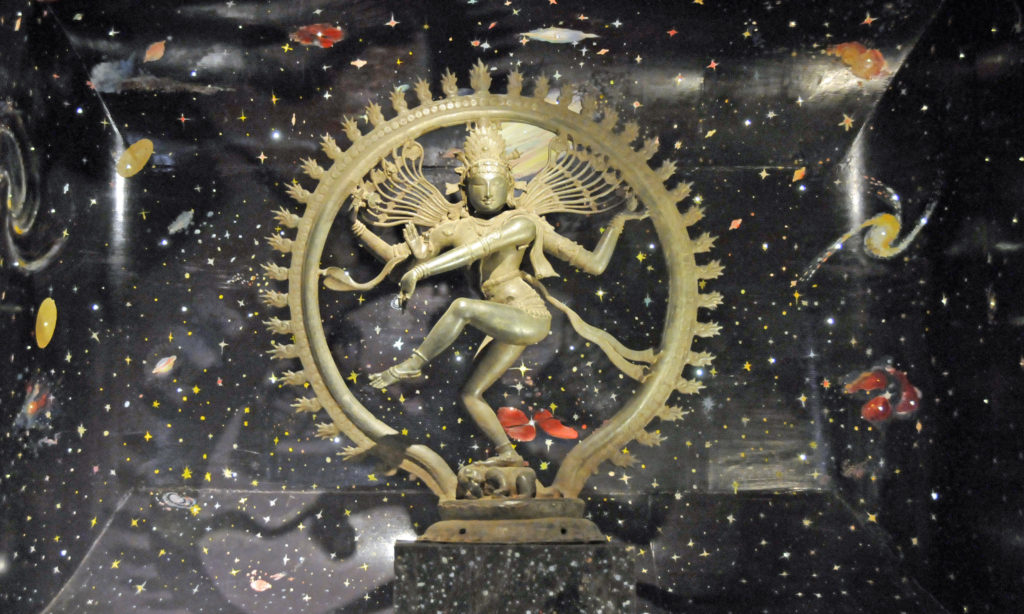
by Don Knebel)
The Indian city of Chennai, known as Madras until 1966, contains one of the world’s most extensive collections of bronze figures, created by South Indian artisans beginning in the seventh century A.D.
Chennai is located along the Bay of Bengal in southeast India. With an urban population of about 11 million, it is India’s fifth largest city. Chennai is often listed among the top places inthe world to visit because of its rich and diverse history and excellent museums and cultural institutions. The Government Museum, Chennai, is the most important of those museums. Founded in 1851 by Scottish surgeon and orientalist Edward Balfour, it is the second oldest museum in India and reportedly the tenth oldest museum in the world. The museum complex, now located on a 16-acre site, contains 46 galleries spread among six buildings. The museum contains the largest collection of Roman antiquities outside Europe, reflecting Roman adventureson the Indian subcontinent.
The Bronze Gallery, located in its own building, is the museum’s most famous, containing more than 1500 bronze figures from India’s Buddhist, Jain and Hindu traditions. The most important figures were created during the period of the Chola Dynasty, which ruled South India from about 850 A.D. to 1250 A.D. Those figures, most representing Hindu deities, were created using the so-called “lost wax” method. The figure was first carved in hard wax, which was then coated with several layers of thin moist clay. Once the clay had hardened, the wax was melted away and the resulting mold filled with molten bronze, an alloy of copper and tin. The most famous of the Chola bronzes is known as “Ardhanarisvara,” (Lord who is half woman), a half-male, half-female, combination of Shiva, an important Hindu deity, and Parvati, his consort. Other famous bronzes depict Shiva as Nataraja, the Lord of the Dance.
Comments are closed.